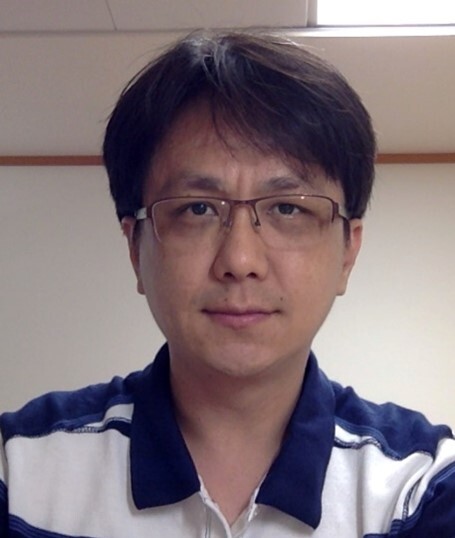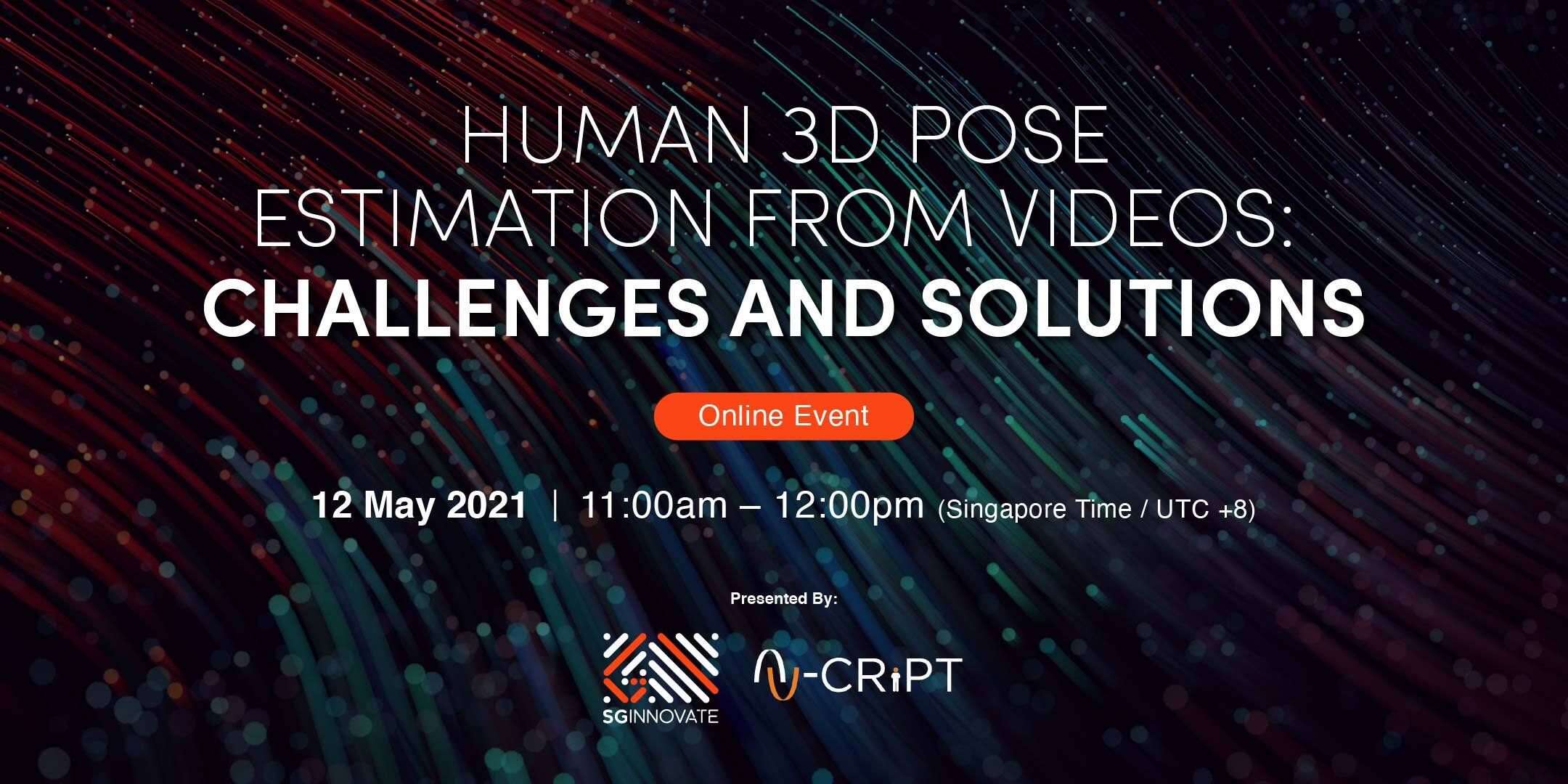Overview
With the ubiquitous presence of cameras, there has been an explosion of images and video data. While these visual data presents advantages and conveniences, they come with a cost: potential breach of privacy and confidentiality. In this event, discover the technical challenges and the possible solutions to predict human 3D poses from a monocular video.
With the ubiquitous presence of cameras (e.g. CCTV cameras, mobile phones, etc.), there has been an explosion of images and video data. While these visual data presents advantages and conveniences, they come with a cost: potential breach of privacy and confidentiality, particularly for information related to human poses and actions. In this event, Associate Professor Robby T. Tan will focus on the technical challenges and the possible solutions to predict human 3D poses from a monocular video.
For an in-depth look into the session, Associate Prof Tan will discuss some existing top-down and bottom-up approaches of human 3D pose estimation and explain in detail the problems when occlusions happen or when the ground-truth 3D data is insufficient to capture all possible poses. He will also share NCRIPT's solutions for these two crucial scenarios. By the end of the event, you will walk away with an understanding of the state of the art technologies that are ready to be utilised to analyse privacy information in videos related to human actions and poses.
Date: 12 May 2021, Wednesday
Time: 11:00am - 12:00pm (Singapore Time / UTC +8)
Programme:
11:00am - 11:05am: Introduction and Welcome by SGInnovate
11:05am - 11:40pm: Presentation on Human 3D Pose Estimation From Videos: Challenges and Solutions by Associate Professor Robby T. Tan
11:40am - 12:00pm: Fireside Chat and Q&A Session with:
- Associate Professor Robby T. Tan, Associate Professor, Yale-NUS College and Department of Electrical and Computing Engineering, National University of Singapore
- Moderator: Dr Jithin Vachery, Postdoctoral Research Fellow, School of Computing, National University of Singapore
Associate Professor Robby T. Tan, Associate Professor, Yale-NUS College and Department of Electrical and Computing Engineering, National University of Singapore

Associate Prof Robby T. Tan is an Associate Professor at Yale-NUS College and Department of Electrical and Computing Engineering, National University of Singapore. Previously, he was part of the faculty at Utrecht University, a research associate at Imperial College London, and a research scientist at NICTA/Australian National University. His research interests include computer vision, deep learning and machine learning, particularly in the domains of bad weather, low-level vision, human motion analysis, and fundamental problems of deep learning. He received his PhD degree in computer science from the University of Tokyo.
Moderator's Profile:
Dr Jithin Vachery, Postdoctoral Research Fellow, School of Computing, National University of Singapore
Jithin is a Postdoctoral Research Fellow at the School of Computing, NUS, Singapore. Presently he is working with Prof. Mohan S Kankanhalli in N-CRiPT lab. His current research is focused on social network analysis. Jithins obtained his PhD from the Computer Science Department at the Indian Institute of Technology, Madras under the guidance of Prof. Sayan Ranu in the AIDB Lab, IIT-M. His thesis is focused on searching and optimization on graphs.
Prior to joining IIT-M, he obtained his Master of Engineering degree in Computer Science and Engineering from the Computer Science and Automation Department at the Indian Institute of Science, Bangalore, India where he worked with Prof. Ambedkar Dukkipati in the area of Information Theory. He was all India Rank 2 (percentile 99.99) in GATE. He obtained his B-Tech from College of Engineering, Kerala University, Trivandrum. He has been fortunate enough to be associated with the best institutes in India through the course of his academic life. In addition, he has 4 years of industrial experience as a Software Engineer in the field of network protocols, where he has worked with routing protocols and also developed many new layer 4 protocols.






